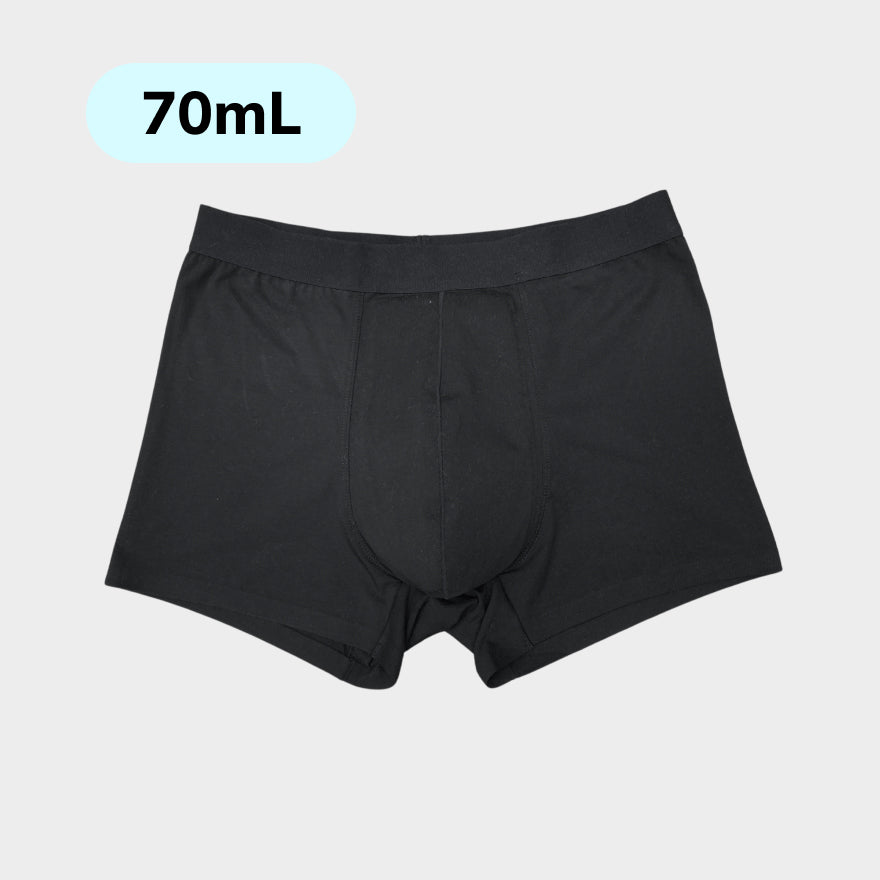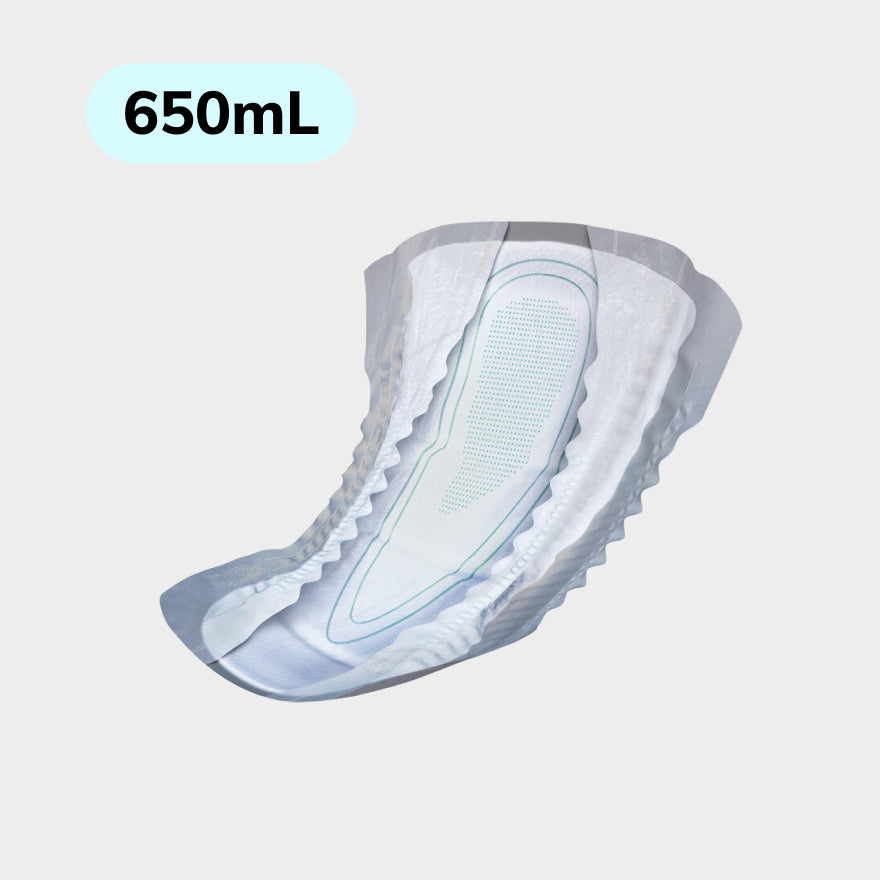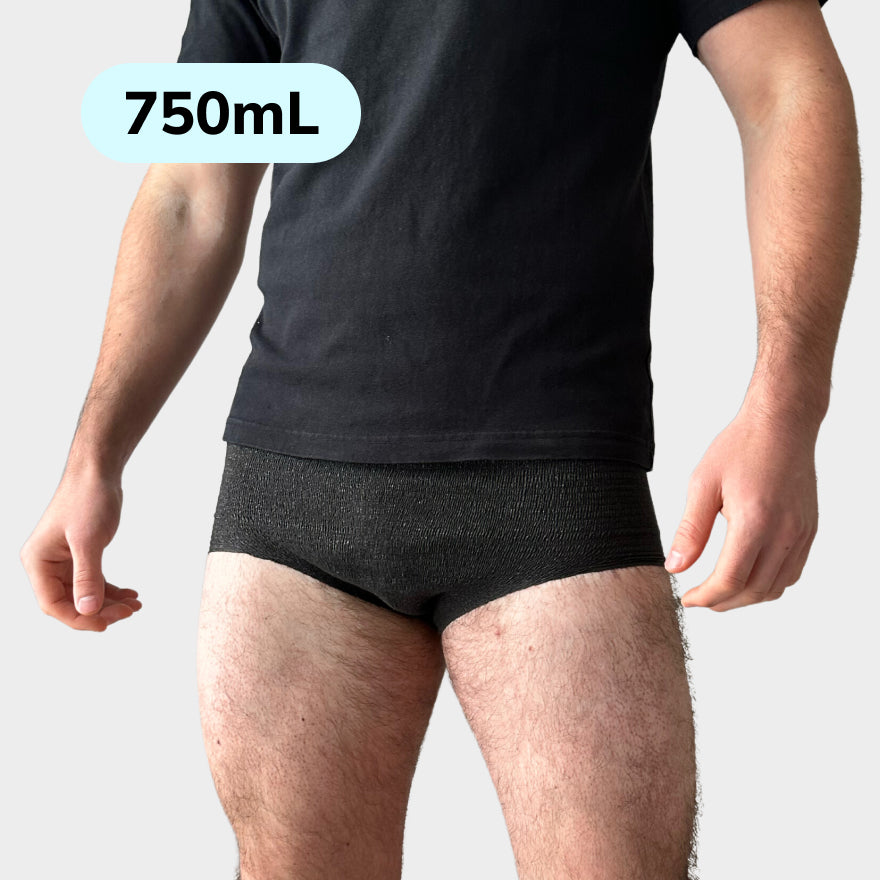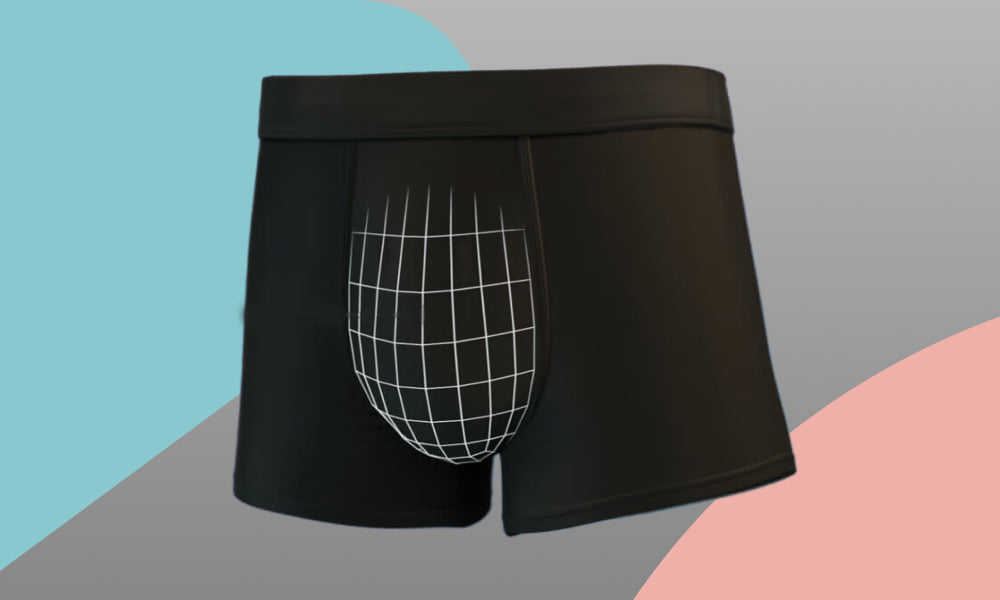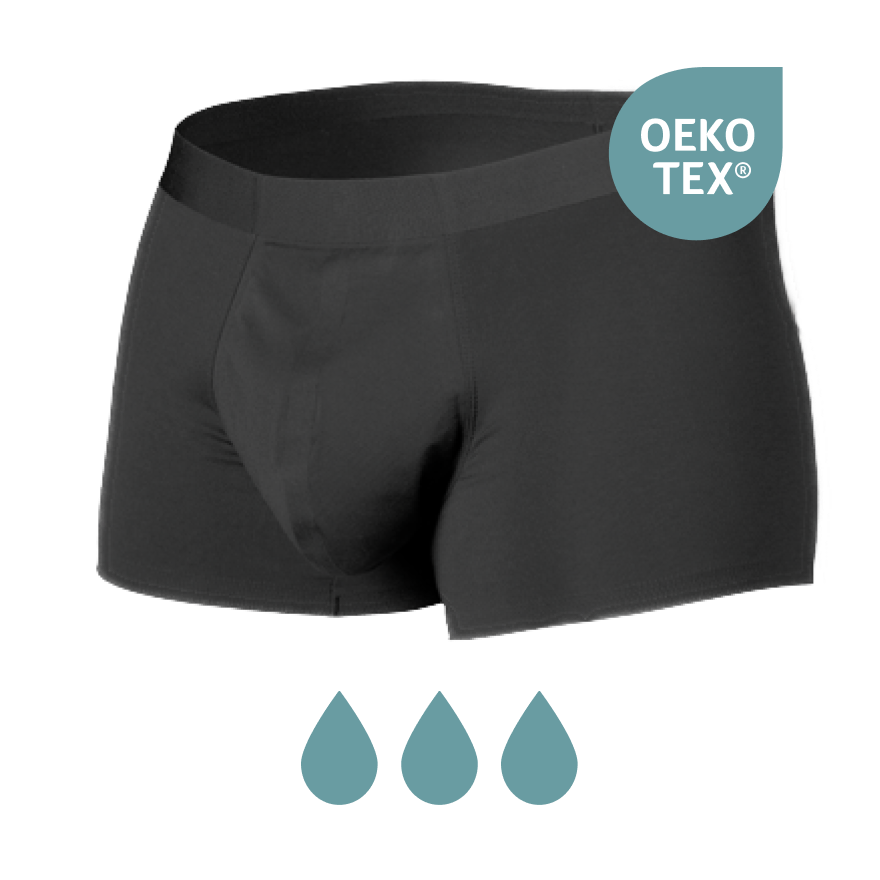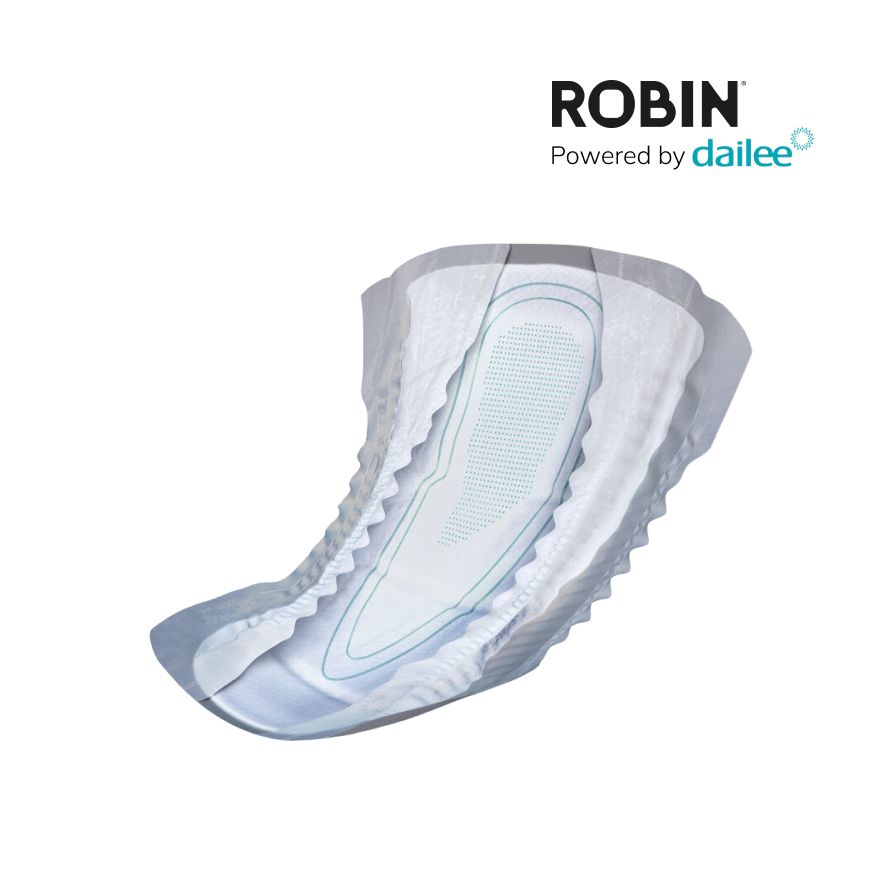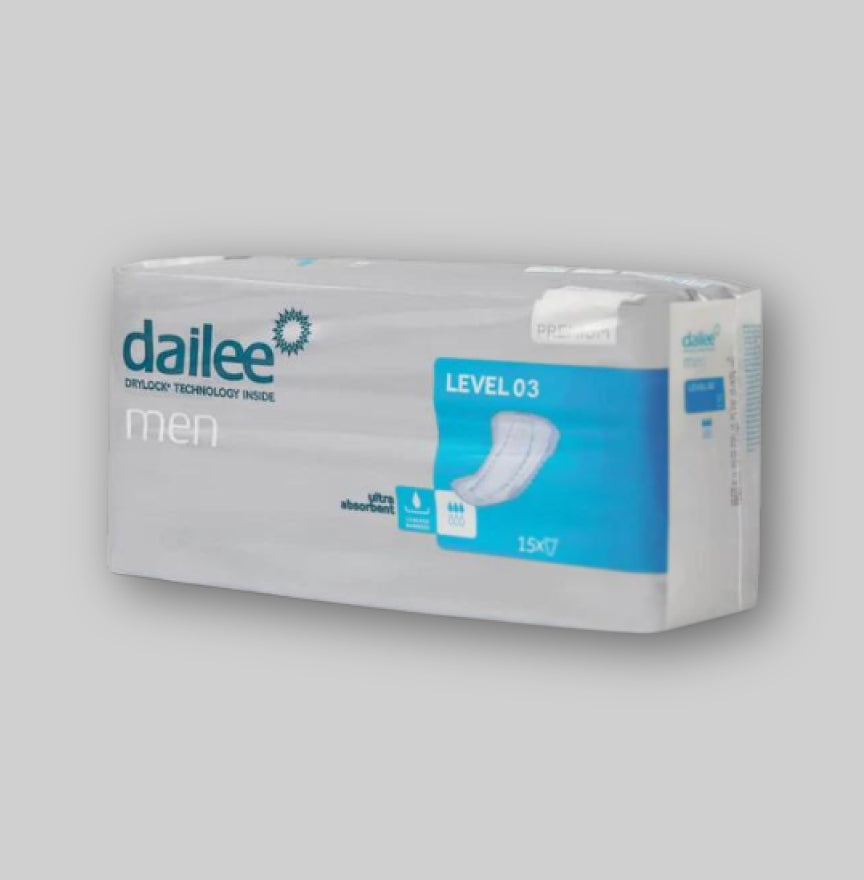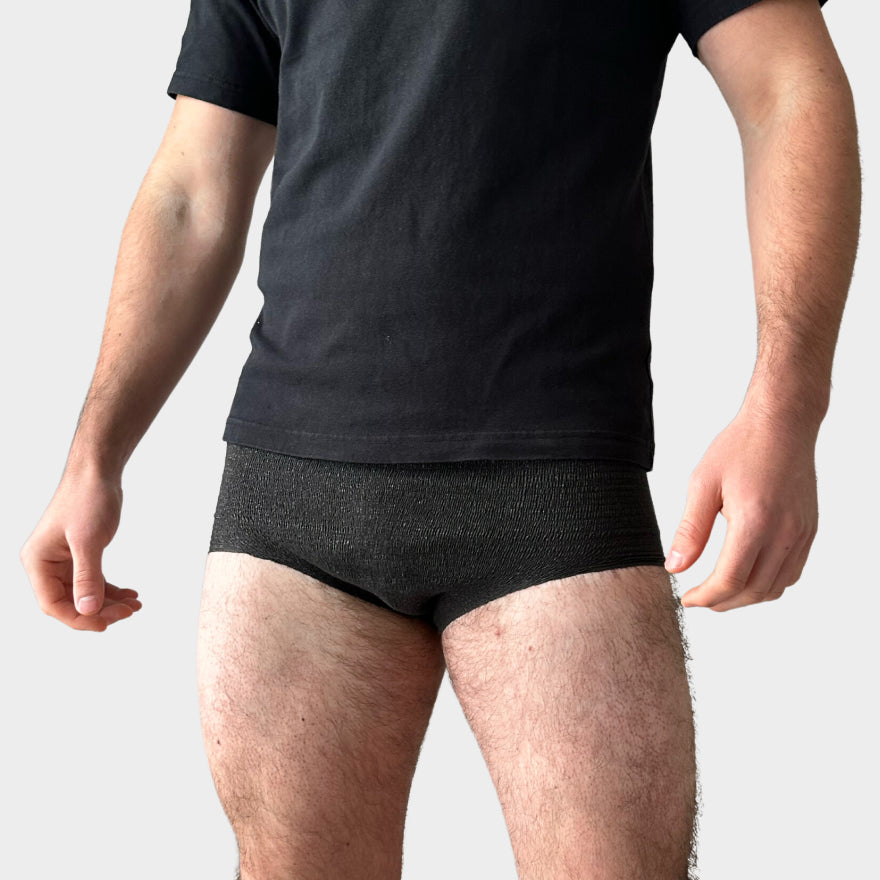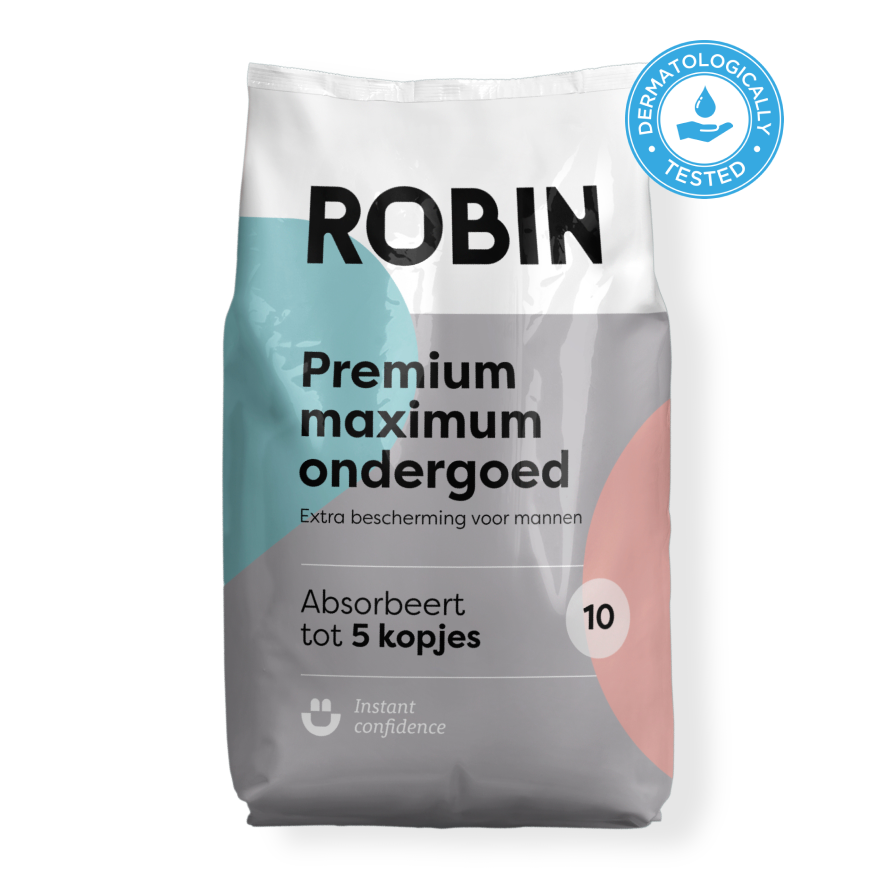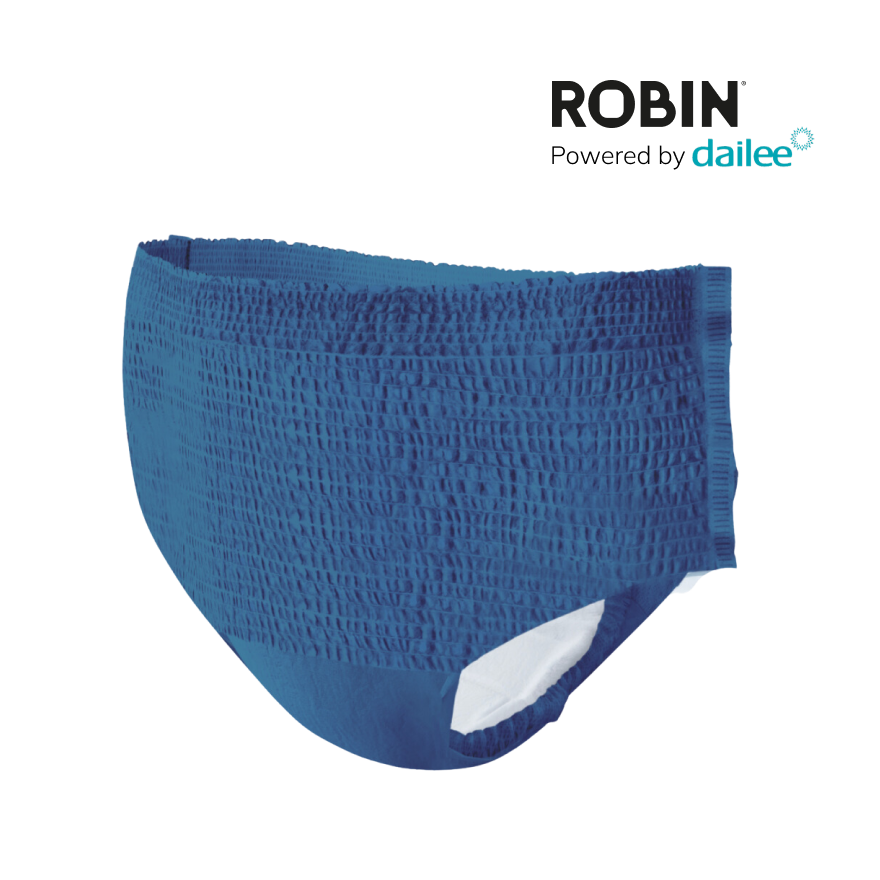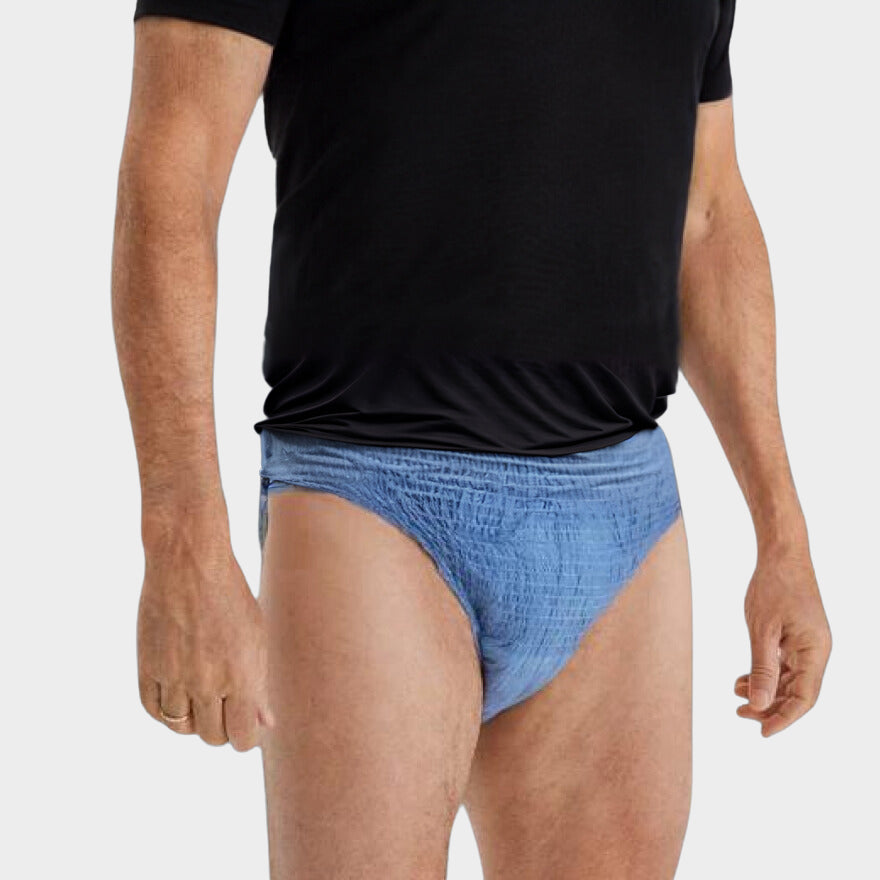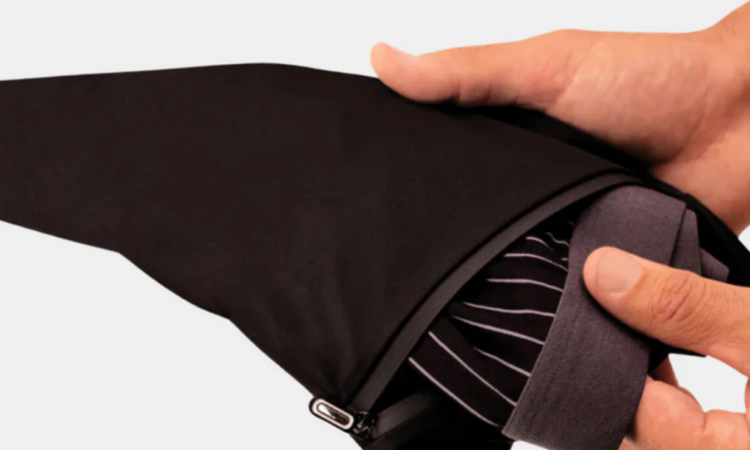Display incontinence is a common problem that can significantly influence people's lives. It can lead to shame, discomfort and even social insulation. Fortunately, there are various effective treatments available to tackle this problem and improve the quality of life of affected individuals.
Understanding of relief incontinence
Display incontinence, also known as faecal incontinence, refers to the inability to control bowel movements, resulting in undesirable loss of stool. This can vary from mild incidents to serious cases where full control is lost.
Possible causes of relief incontinence include muscle damage around the anus, nerve damage in rectum, chronic constipation, inflammatory bowel disease and other medical conditions. It is essential to determine the underlying cause of relief incontinence in order to be able to offer effective treatment.
Treatment options
Diet and lifestyle adjustments
For some people, simple diet and lifestyle adjustments can help reduce symptoms of relief incontinence. This can avoid certain foods that make bowel movements worse, it Drinking enough waterand it regularly exert of the pelvic floor muscles.
Medication
Different medicines can be prescribed to treat relief incontinence, depending on the underlying cause. These can include laxatives, fiber supplements, anti-diarrhea medicines, and medicines that include intestinal function.
Pelvic floor therapy
For some individuals, pelvic floor therapy can be effective when strengthening the muscles around the anus and the rectum, which improves control over bowel movements. This can be done under the supervision of a physiotherapist and includes exercises such as pelvic floor contractions and relaxation techniques.
Surgical options
In severe cases of relief incontinence, surgery can be considered. Surgical procedures can vary from repairing damaged muscles to placing an anal sphincter or applying an intestinal stoma, depending on the individual needs and the severity of the condition.
Improve the quality of life
In addition to treating physical symptoms, it is also important to tackle the emotional impact of relief incontinence and to improve the overall quality of life. This can include providing emotional support, offering educational means and encouraging open communication with care providers.
Conclusion
Display incontinence is a challenging condition that can have a significant influence on the daily life of individuals. Fortunately, there are various effective treatments available, ranging from dietary and lifestyle adjustments to medication, pelvic floor therapy and surgical procedures. By using a multidisciplinary approach and exploring the right treatment options, people with relief incontinence can achieve improved quality of life.
